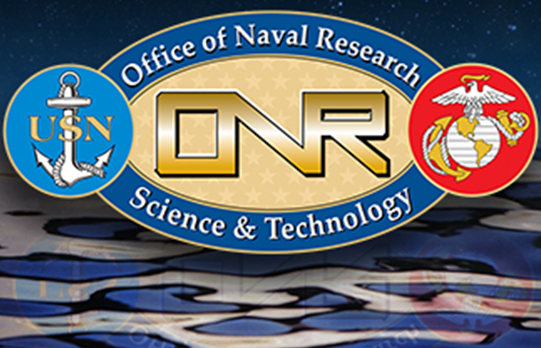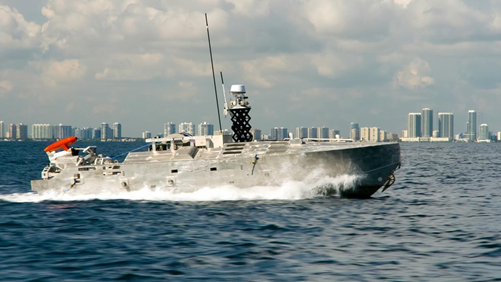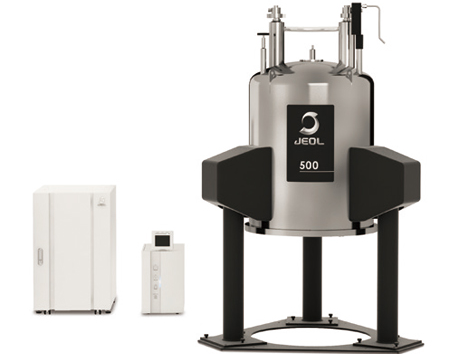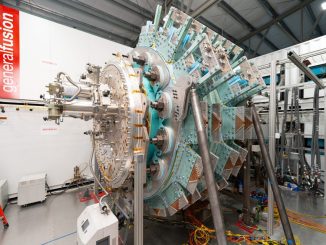
In concert with a new strategy for autonomous technologies, the US Navy is launching a research project to develop a system based on a high-temperature superconducting (HTS) magnetic source with an advanced acoustic generator to detect underwater magnetic influence mines. The Office of Naval Research expects to award one to three contracts priced between $12 to $20 million by next May in its Magnetic & Acoustic Generation Next Unmanned Superconducting Sweep (MAGNUSS) program.
The Navy has been moving the mine countermeasure mission from traditional legacy systems to a suite of mission modules on its Littoral Combat Ship for coastal deployment, the ONR explained. One of those modules is the MCM unmanned surface vessel which will be used to carry the MAGNUSS system. The program fits into a broad effort by the Navy to develop more agile, autonomous and intelligent technologies.

“Our time to innovate is now,” declared Chief of Naval Research Rear Admiral Lorin Selby on November 22 as he introduced a new vision for future naval power—one based on faster development of unmanned, autonomous systems, vibrant partnerships with industry and academia, and reimagined naval formations.
“I think this decade, the 2020s, will have special significance for our nation and our role in leading the world,” Selby told a nationwide audience during the HACKtheMACHINE Unmanned event. “What can we do today that can deliver measurable results in two years, that leads to deployed capabilities at scale in five years, to fully realize that reimagined future?”
A critical important component of future naval success, he said, is incorporating advanced cyberphysical technologies found in “the small, the agile, and the many”—small unmanned, autonomous platforms that have the agility to be built and adapted quickly, in large numbers, and at far lower costs compared to larger platforms. These unmanned air, surface and subsurface vehicles will carry an array of sensors and modern payloads, and perform multiple missions.
In the MAGNUSS program, the advantage of using an HTS magnet is the ability of the HTS material to run at very-high electrical currents with near-zero resistance. The high-ampacity of the HTS magnet generates a magnetic dipole moment with suitable performance to effectively sweep magnetic influence mines when coupled to an acoustic generator.

The modularity of the HTS magnet and acoustic generator has the advantage of being deployed
on any craft of opportunity though the intended craft for the project is the Mine Countermeasures Unmanned Surface Vehicle (MCM-USV), which is the current host craft for the undersea influence mine sweeping payload. First will come prototype development of the integrated system, then progression to sea trials, likely to be held at the Navy’s South Florida Ocean Measurement Facility located in Ft. Lauderdale, Florida. For more info, www.onr.navy.mil



